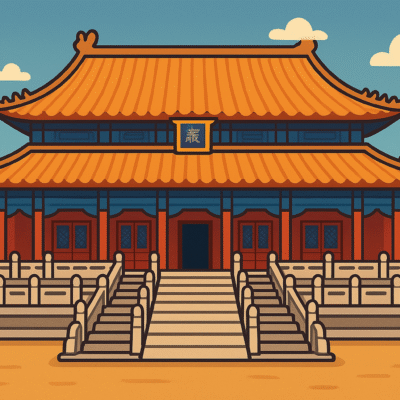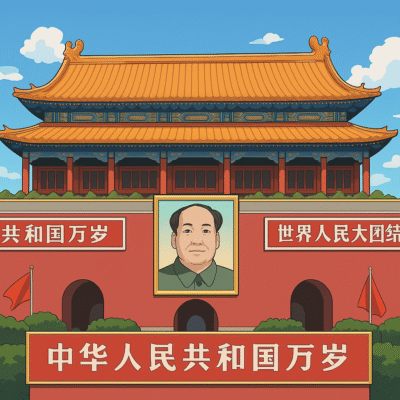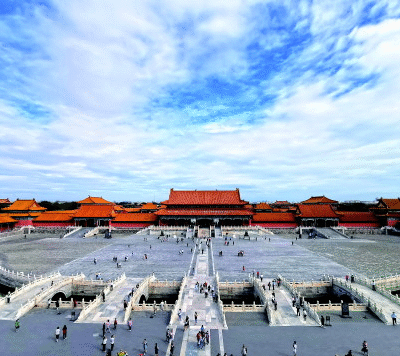Yunnan, abbreviated as “Dian,” is located in the southwestern border region of China. To the east, it borders Guangxi and Guizhou; to the north, it connects with Sichuan;
to the northwest, it adjoins Tibet; to the west, it shares a border with Myanmar; and to the south, it neighbors Laos and Vietnam. The terrain is mainly mountainous plateaus, with the elevation higher in the west and lower in the east.
Whether it is the romantic scenery of Cangshan Mountain and Erhai Lake, the magnificent and towering Jade Dragon Snow Mountain, or the tropical rainforest charm of Xishuangbanna, all attract countless travelers with their allure.
Next, let us introduce several must-visit attractions in Yunnan.
Babao
Babao Town is located in Guangnan County, Wenshan Zhuang and Miao Autonomous Prefecture, Yunnan Province.
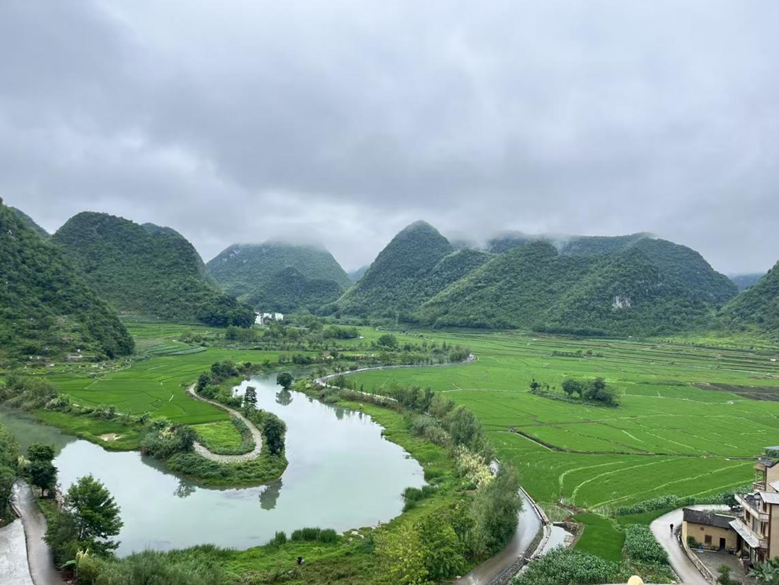
Renowned for its stunning natural landscapes and vibrant Zhuang ethnic culture, Babao is often called the “Little Guilin on the Plateau.”
The town is famous for the picturesque Babao River that winds through karst peaks, crystal-clear waters, and traditional stilted wooden houses of the Zhuang people. The unique karst topography, combined with lush greenery and flowing rivers, creates a serene and enchanting environment. Visitors can experience authentic local customs, festivals, and traditional crafts, making Babao a perfect destination to explore both nature and culture in one place.
The weather in Babao is relatively cool, even during the hot summer days. While the rest of the country swelters under scorching heat, with asphalt roads radiating waves of warmth and air conditioners running nonstop from morning till night, friends in Babao can leisurely sit by the window, watching the wind sweep clouds across the green mountains, enjoying a rare sense of coolness and tranquility.

Even in the afternoon, wearing just a light jacket feels perfectly comfortable. Breathing in the gentle fragrance of grass and trees carried by the breeze, you realize this is the true way to experience summer. There’s no need to sigh at the thermometer or stay indoors avoiding the heat. In the evening, you can stroll along the riverbank, watching the sunset paint the evening breeze with warm hues, while the grass beneath your feet still holds the morning dew.
What delicious foods can you find in Babao?
Babao is not only blessed with beautiful mountains and waters but also boasts a variety of delicious local foods, famous for their unique regional flavors and rich ingredients. From the fragrant Babao rice (Babao Fan) to a wide array of snacks, visitors can enjoy not only the stunning natural scenery but also authentic traditional delicacies that leave a lasting impression.
As early as the Ming and Qing dynasties, Yunnan served as an important hub in southwest China, with frequent trade and travel. Rice noodles, known for being portable and easy to store, became widely popular among the common people.
In Babao, rice noodles have preserved their traditional preparation methods while incorporating local ingredients and distinctive tastes, creating a unique flavor all their own. Besides rice noodles, Babao offers many other special snacks and dishes waiting for visitors to explore and savor.
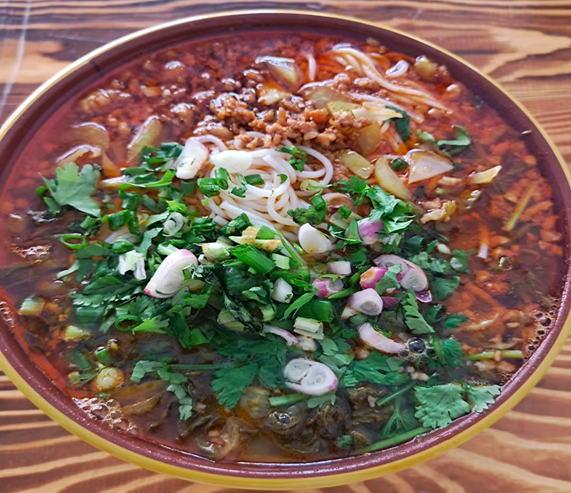
The name “Babao” (Eight Treasures) for Babao rice noodles is said to originate from the early use of eight locally available ingredients, such as seasonal vegetables, fresh meat, tofu, mushrooms, and more. Some also believe it relates to the high-quality rice produced in Babao.
The region’s plump, premium tribute rice is made into smooth, delicate rice noodles, which are then combined with wild mountain delicacies and fresh farm produce, gradually forming the unique and flavorful “Babao” combination.
Naxi residential houses
Naxi traditional residences are the traditional dwellings of the Naxi ethnic group, primarily found in areas such as Lijiang in Yunnan Province. These houses are mostly built with timber and earth, featuring architectural layouts like “three houses with one screen wall” and “courtyard with five patios.” They blend architectural styles of the Han and Tibetan peoples. With whitewashed walls, grey-tiled roofs, intricately carved wooden doors and windows, and courtyards adorned with flowers and trees, these homes often have screen walls inscribed with poems and paintings. Designed to suit the plateau climate, they also reflect the Naxi philosophy of harmony between humans and nature (tian ren he yi). These dwellings are true treasures of ethnic architectural heritage.

Dali Bai Autonomous Prefecture
Dali Bai Autonomous Prefecture, nestled in the central-western region of Yunnan Province, is the only Bai ethnic autonomous prefecture in China. Steeped in history and rich in culture, it is home to iconic destinations like the Ancient City of Dali.
Visitors are captivated by its stunning natural beauty — the majestic Cangshan Mountains and the serene Erhai Lake create postcard-perfect landscapes. The region is famous for its romantic “Four Sceneries of Dali” — wind, flowers, snow, and the moon — offering an unforgettable experience full of charm and poetic allure.
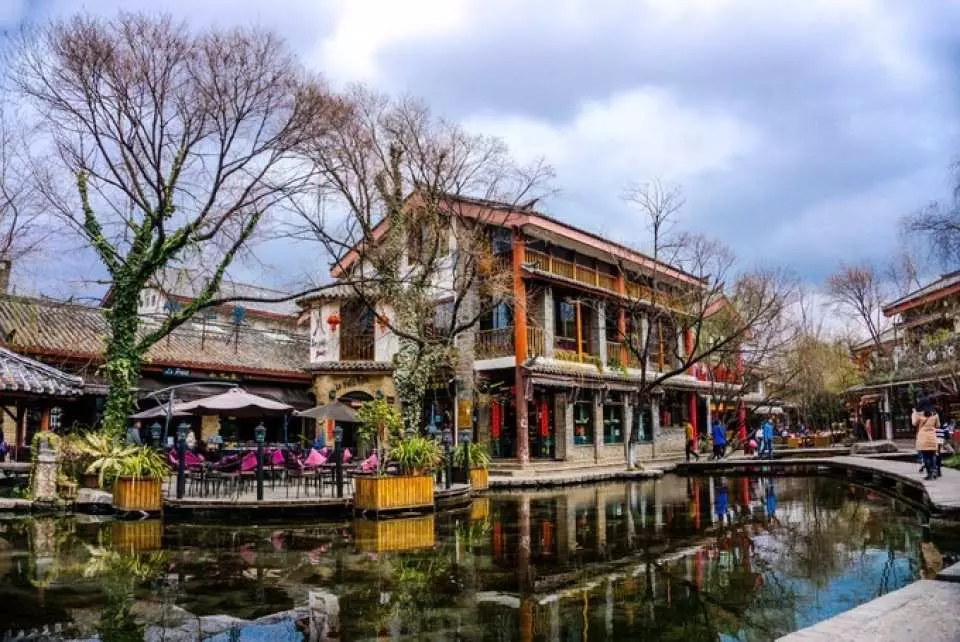
It also offers a rich tapestry of ethnic customs, making it a shining example of harmonious coexistence between diverse cultures and nature.
Stone Forest
The Stone Forest, located in Shilin Yi Autonomous County of Kunming, Yunnan Province, is a world-renowned masterpiece of karst geography. Its dramatic limestone formations come in a variety of shapes — sword-like, pillar-like, and tower-like — creating a surreal landscape of stone wonders. The scenery is both grand and majestic, yet also delicate and serene, offering visitors a perfect blend of rugged beauty and quiet elegance.

It is also rich in the traditional culture of the Yi people, particularly the Sani branch, adding a unique ethnic charm to the landscape. The Stone Forest is an ideal destination for sightseeing, vacation, and scientific exploration alike.
Shangri-La
Shangri-La City is located in the northwest of Yunnan Province and is a county-level city under the administration of the Diqing Tibetan Autonomous Prefecture.

The name “Shangri-La” means “sun and moon in the heart” in Tibetan. The area boasts stunning natural attractions like Pudacuo National Park and cultural sites such as the ancient Dukezong Old Town. As a key point along the “Three Parallel Rivers” and the historic “Ancient Tea Horse Road,” Shangri-La is home to diverse ethnic groups and religions, offering a unique blend of highland scenery and rich cultural charm.
Travel Tips for Exploring Yunnan
June to August is a great time to visit Yunnan, with pleasant weather and captivating scenery. Here are some must-see spots:
Erhai Lake (Dali): Bathed in sunshine, the shimmering surface of Erhai Lake offers a truly soothing view. It’s an ideal place to relax and unwind, and best of all, there is no entrance fee.

Dali Ancient Town: Brimming with artistic charm and peaceful streets, Dali Ancient Town is a romantic haven perfect for experiencing the laid-back lifestyle of Dali. The town is open to visitors free of charge.
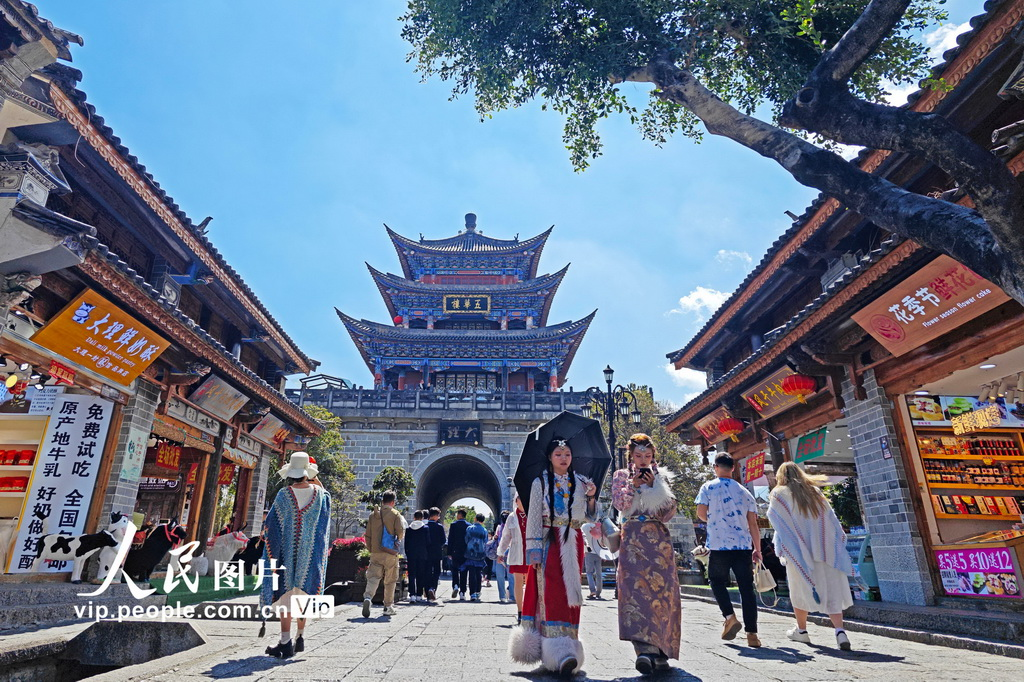
Cangshan Mountain: One of Dali’s famous “Four Scenic Wonders” — wind, flowers, snow, and moon. This majestic mountain offers stunning natural landscapes. Entrance fee is 40 RMB.
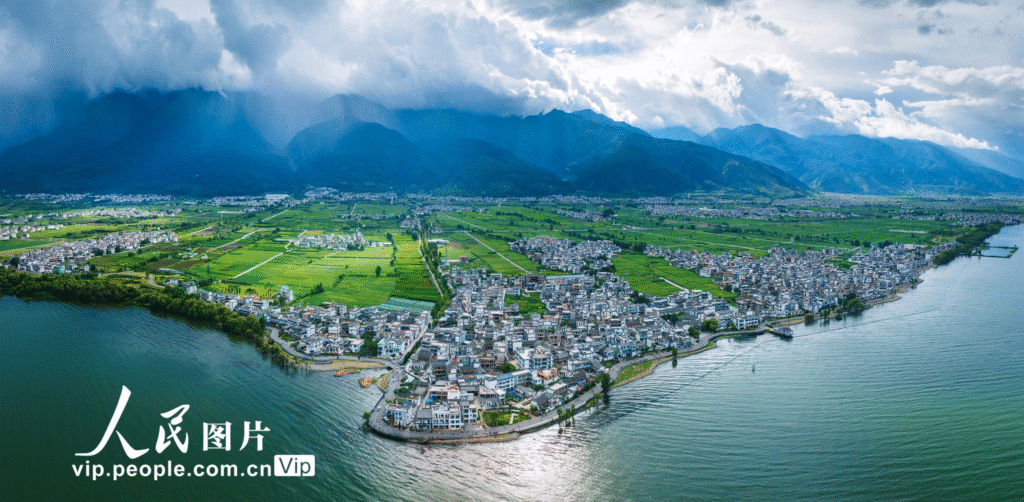
In the Shangri-La area, the following attractions are also worth visiting:
Songzanlin Monastery: Known as the “Little Potala Palace,” this is an important Tibetan Buddhist monastery. The entrance fee is 55 RMB.
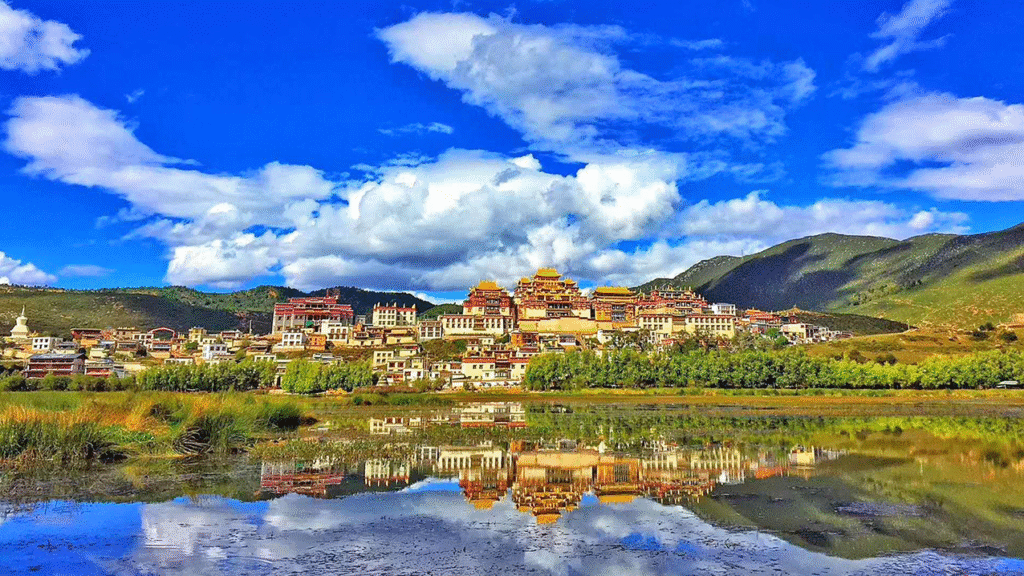
Dukezong Old Town: Rich in caravan culture and ancient Tibetan traditions, Dukezong Old Town is a great place to experience authentic local heritage. Entrance is free.
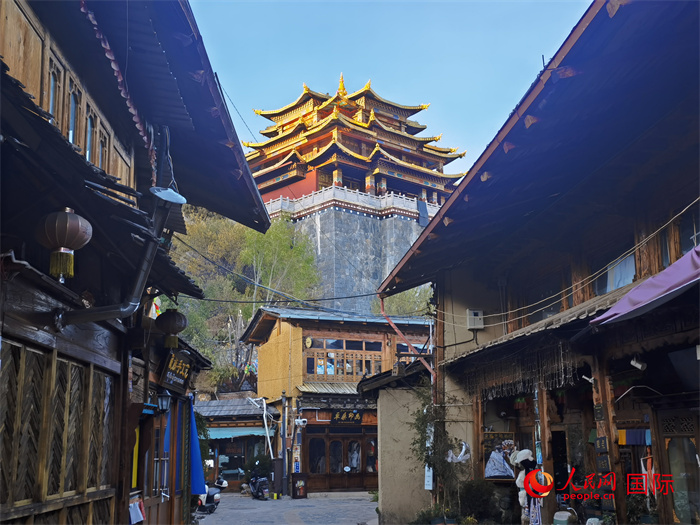
Meili Snow Mountain: Famous for its breathtaking sunrise views when the mountain is bathed in golden light, it is a must-visit destination for hiking enthusiasts. Entrance fee is 100 RMB.
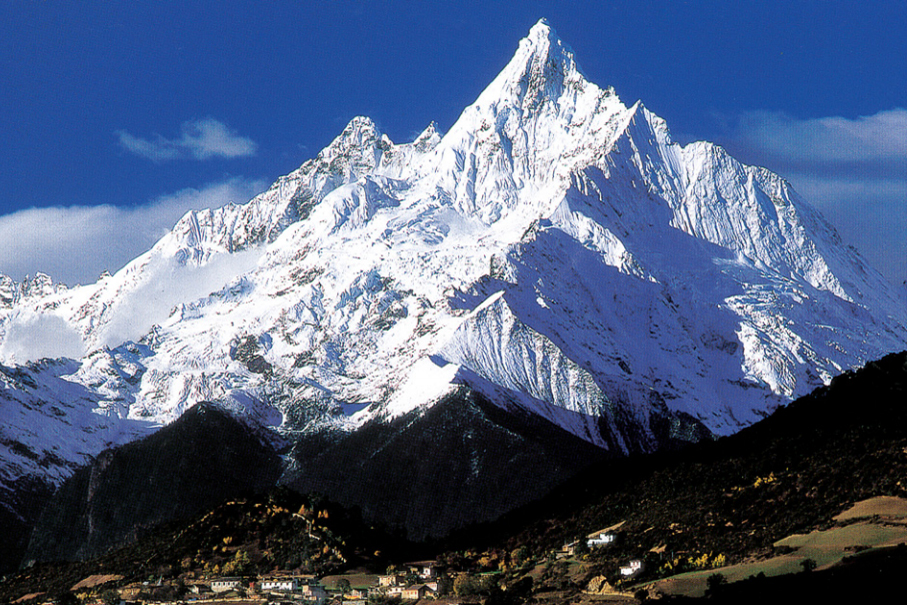
Tiger Leaping Gorge: One of the deepest gorges in China, renowned for its dramatic and breathtaking scenery. Entrance fee is 65 RMB.
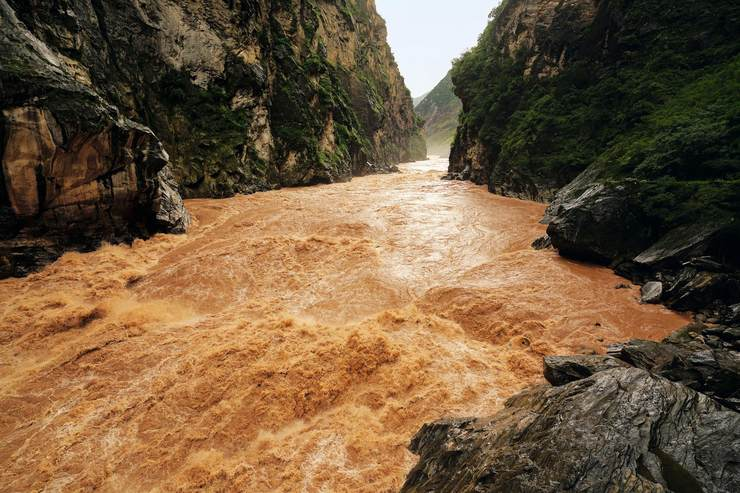
Pudacuo National Park: Ideal for hiking and enjoying pristine, unspoiled natural scenery. Entrance is free.
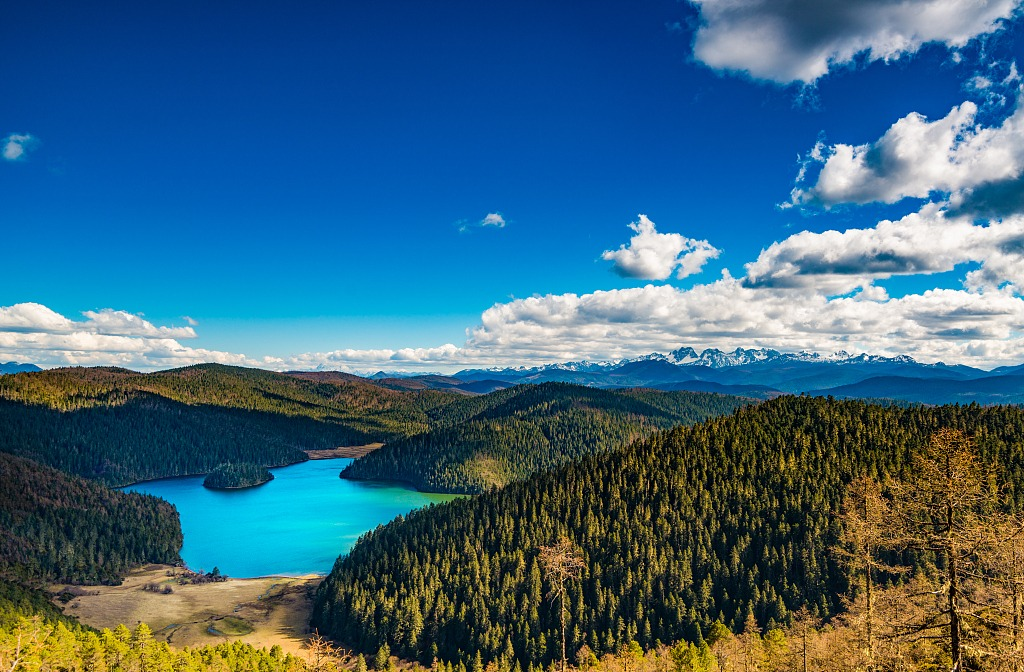
Kunming also boasts a variety of captivating attractions:
Dianchi Lake: The largest freshwater lake in Yunnan, it’s a perfect spot for birdwatching, especially seagulls. Entrance is free.
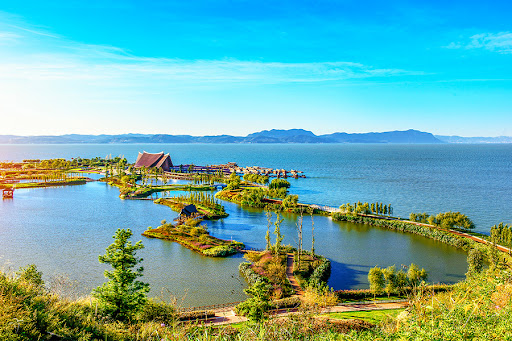
Kunming Old Street: A historic district full of ancient city charm. Strolling through its streets, visitors can deeply feel the rich historical atmosphere. Entrance is free.
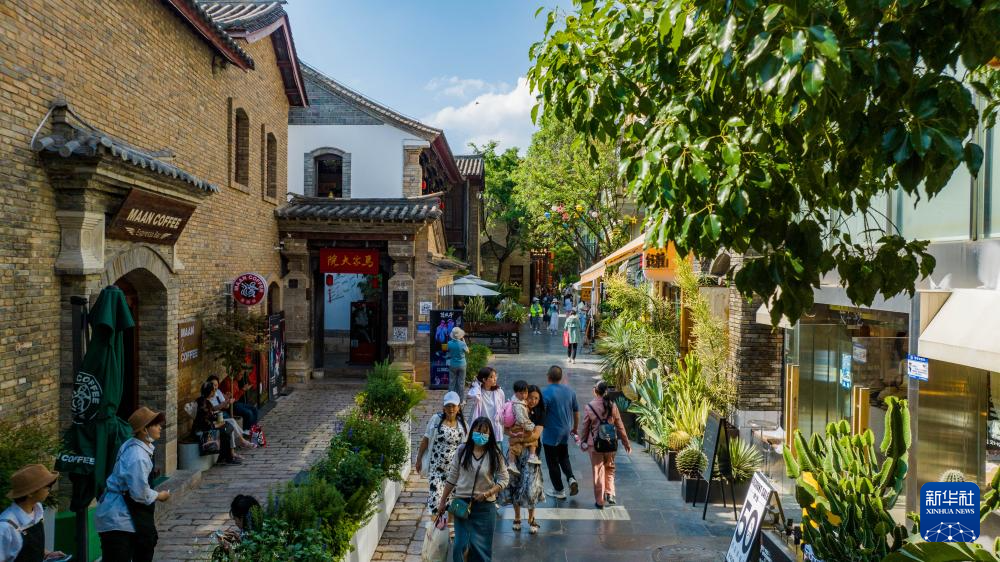
These attractions cover natural landscapes, historical culture, and local特色, making them must-visit destinations for anyone traveling to Yunnan.
Things to Pay Attention
- Choose the Right Arrival Airport: Yunnan has multiple airports, but it’s recommended to fly into Kunming Airport first. Kunming is the province’s main transportation hub, offering more flights and generally cheaper tickets.
- Avoid Illegal “Black” Taxis: Around airports and stations, there are often unlicensed taxis that may overcharge and lack safety guarantees. Be especially cautious at night. Always opt for official taxis or use ride-hailing apps.
- Set Aside a Full Day for Jade Dragon Snow Mountain: This popular attraction requires planning. Check the weather forecast in advance. There are three cableways: Glacier, Yak Meadow, and Spruce Meadow. Only the Glacier cableway reaches the 4,680-meter summit point. The others stop halfway and are less recommended.
- Book Cableway Tickets in Advance: It’s best to reserve Jade Dragon Snow Mountain cableway tickets at least one week ahead to avoid sell-outs.
- Real-Name Reservation System: The Glacier Park cableway uses a real-name booking system. Make sure to arrive at the designated time and bring your ID for verification.
- Don’t Forget Sunscreen: Yunnan has strong UV rays. Bring high-SPF sunscreen and apply frequently, especially during outdoor activities.
- Beware of Bar Staff in Lijiang Old Town: Approaches may not always be friendly—some are bar staff trying to lure you in. Protect yourself and your belongings from scams.
- Lijiang Old Town Can Be Expensive: Tourist shops charge premium prices. For more affordable options, visit nearby Xizhou Ancient Town.
- Allow Enough Time for Lijiang Old Town: The old town is large. Allocate at least one full day to explore. Evenings are lively, especially around Sifang Street, a popular gathering spot.
- One Day Recommended for Kunming: If your schedule is tight, treat Kunming as a transit stop with just one day. Spend more time in Dali and Shangri-La, which are farther apart. Renting a car is advised for travel between them.
- Avoid High-Altitude Areas if Unwell: If you have a cold or feel unwell, avoid high-altitude areas like Jade Dragon Snow Mountain and Shangri-La, as the climate may worsen symptoms. Bring medication, dress warmly, and avoid alcohol the night before.
- Bring Travel-Size Skincare: To reduce luggage weight and prevent container damage from altitude pressure, bring small bottles of skincare products, especially liquid foundations.
- Beware of Unsafe “Horse Riding to the Mountain” Services: Locals may offer horse rides near Lijiang Old Town, Jade Dragon Snow Mountain, and Songzanlin Monastery. These services often lack safety guarantees and cannot reach the summit. It’s best not to trust them.
- Buy Oxygen Bottles in Advance: If you plan to visit snowy or high-altitude areas, purchase oxygen bottles beforehand. They cost about 15 RMB at pharmacies. Avoid buying from unauthorized vendors to ensure quality.
These tips will help you avoid common pitfalls and enjoy a smoother, more enjoyable trip in Yunnan.


